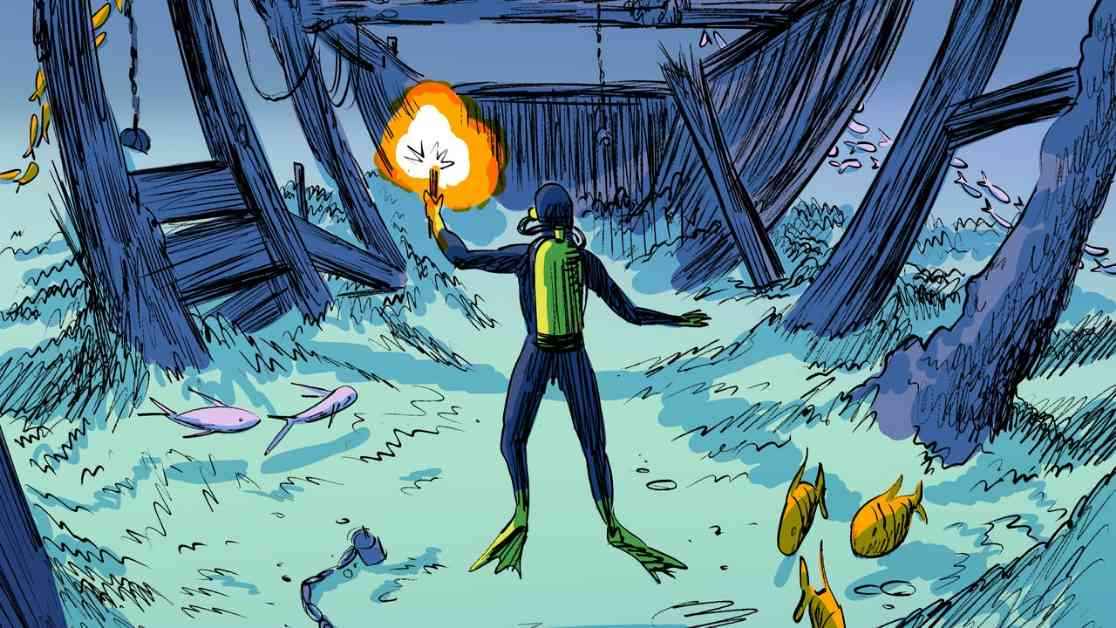In the depths of the Atlantic lies a haunting history that continues to captivate and intrigue us. The stories of slave ships that once carried hundreds of souls across treacherous waters have long been shrouded in mystery and sorrow. But recent efforts by maritime archaeologists have begun to uncover these lost relics, shedding light on a dark chapter in human history.
The journey to explore these sunken vessels is not for the faint of heart. As divers descend into the murky depths, they are met with an eerie silence that speaks volumes about the horrors that once unfolded aboard these ships. One such expedition took place in Angra dos Reis, a picturesque bay near Rio de Janeiro, where a group of researchers embarked on a mission to unearth the secrets of the slave ship Camargo.
As they delved deeper into the waters, the divers encountered the remnants of the Camargo, a two-masted brig that sank in 1852. The ship’s tragic fate, like so many others, serves as a stark reminder of the atrocities committed during the transatlantic slave trade. The researchers meticulously mapped out the site, using their hands and ingenuity to piece together the puzzle of the sunken vessel.
The discovery of the Camargo is just one of many recent breakthroughs in the field of maritime archaeology. Thanks to initiatives like the Slave Wrecks Project, coordinated by the Smithsonian and other institutions, researchers are not only uncovering lost relics but also shedding light on the reparative justice and historical significance of these finds. The artifacts recovered from these wrecks have become powerful symbols of resilience and remembrance, showcased in museums and exhibitions around the world.
One of the key figures in this quest for knowledge is Gabrielle Miller, a maritime archaeologist whose passion for underwater exploration knows no bounds. Her deep connection to the sea and its hidden treasures drives her to dive headfirst into the mysteries of the past. Through her work with the Slave Wrecks Project Academy, she is not only training the next generation of archaeologists but also reshaping the narrative of the African diaspora’s maritime history.
But the journey to uncover these lost relics is not without its challenges. The painstaking process of excavating shipwrecks requires patience, skill, and a deep respect for the lives that were lost. As researchers navigate the delicate balance between exploration and preservation, they are confronted with complex questions about how best to honor the memories of those who perished aboard these vessels.
The stories of the Camargo, the Clotilda, and countless other slave ships serve as a stark reminder of the enduring legacy of the transatlantic slave trade. The descendants of those who survived these harrowing voyages are still grappling with the trauma and pain of their ancestors’ experiences. For communities like Africatown in Alabama and the Quilombo Santa Rita do Bracuí in Brazil, the discovery of these wrecks has sparked a renewed sense of identity and purpose.
As we continue to delve into the depths of history, we must remember that the true significance of these discoveries lies not just in the artifacts we recover but in the stories we uncover. The ghosts of the past still linger beneath the waves, waiting to be heard and remembered. It is up to us to honor their memory and ensure that their voices are not lost to the sands of time.












